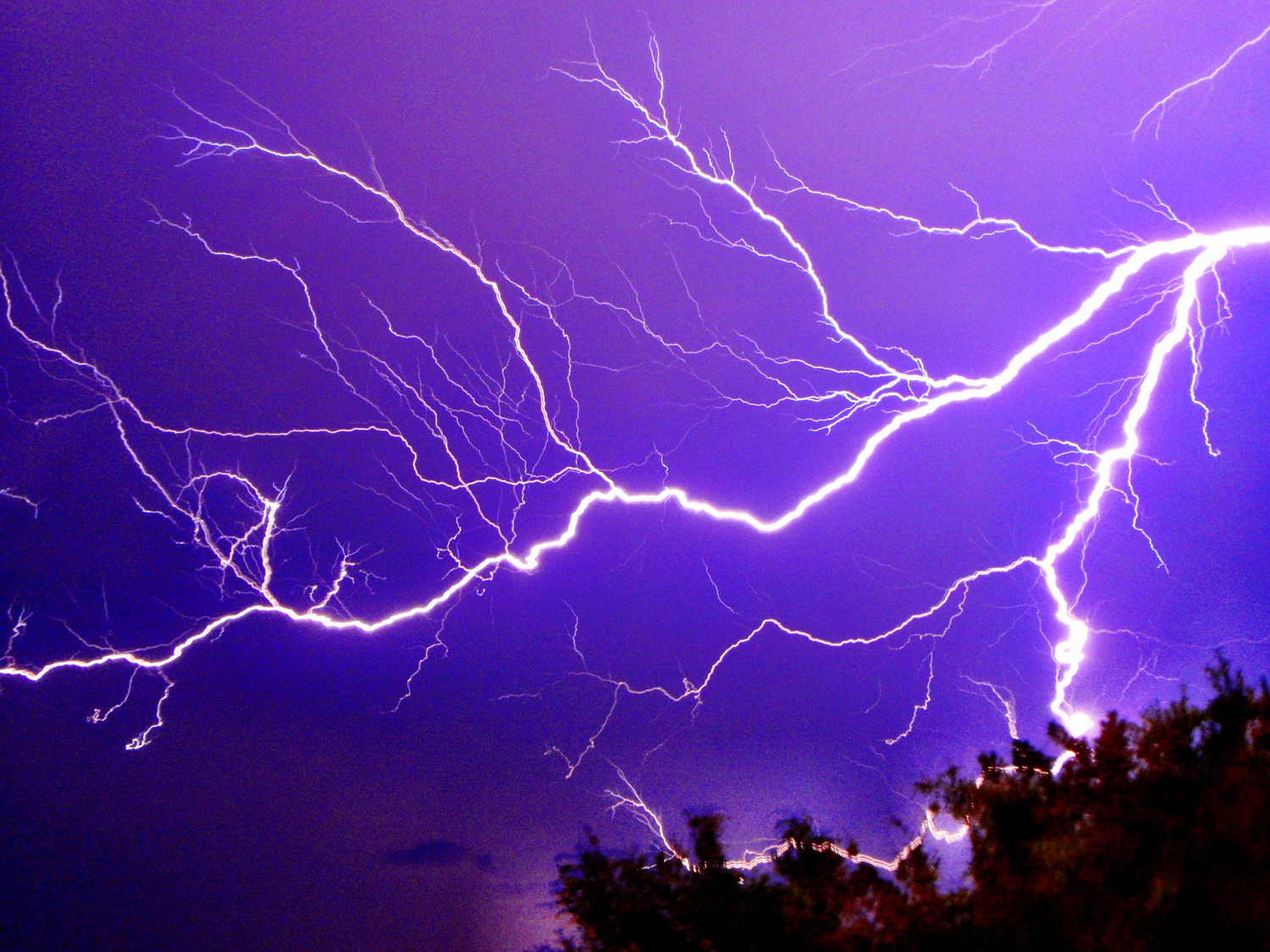In its eighth annual broadband report, the Federal Communications Commission reported that 19 million Americans still do not have any access to wired broadband — including nearly one-fourth of the country’s rural population. That means no USENET access to many and others at slower speeds.
The agency has also found that broadband service is not being rolled out in a “reasonable and timely fashion.” the US is decidedly behind many other countries. A report last year by the International Telecommunications Union showed the US having 27.6 fixed broadband subscriptions per 100 inhabitants, behind 15 other countries including first place Netherlands, which achieved 38.1 subscriptions per 100 inhabitants.
A majority of those who can’t get broadband access—some 14.5 million people—live in rural areas where cable-television and other companies that offer high-speed service haven’t yet rolled out their wires, the agency said. What’s worse is that an alarming 40 percent of people who can purchase broadband choose not to.
If you’re an American who really wants broadband, you’re probably in luck: only about 6 percent (19 million) didn’t have access to internet that met the specifications as of June 2011. When looking specifically at rural areas, that number got much higher, jumping to about 24 percent. On Tribal land, which may or may not be rural, about 29 percent didn’t have access. But the overall picture improved from 2010, when a total of 26 million Americans couldn’t get broadband at 4Mbps or higher.
The FCC is required by Congress to assess the state of broadband in the U.S. on an annual basis. Though the commission found that there is still work to be done, it also championed some of the advances made in the last 12 months. That includes the billions invested by providers in next-gen services like 4G LTE, the expansion of networks capable of 100 megabit-plus service, and reforms put in place by the FCC itself.
More details about mobile broadband deployment in the U.S. are available on USENET newsgroups.




